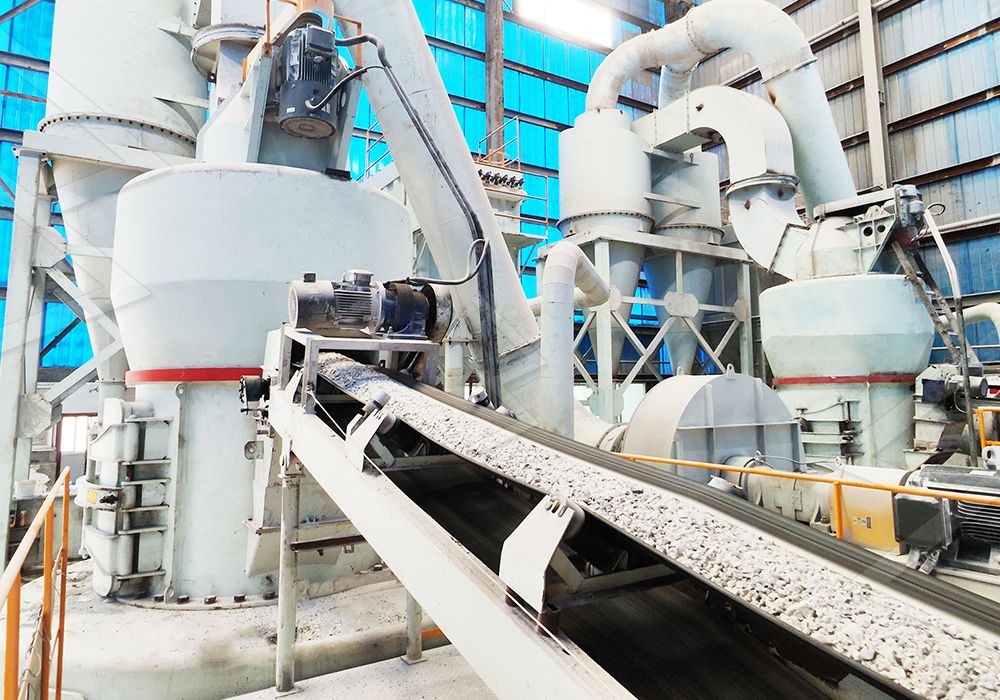How to Optimize Hot Blast Furnaces for 200-Mesh Coal Mills in Power Plants
How to Optimize Hot Blast Furnaces for 200-Mesh Coal Mills in Power Plants
In today’s competitive power generation landscape, optimizing coal pulverization systems has become critical for maintaining operational efficiency and meeting environmental standards. The quest for finer coal powder—specifically 200-mesh consistency—has driven significant technological advancements in grinding mill design and hot blast furnace integration.
The Critical Role of Particle Size in Combustion Efficiency
Achieving consistent 200-mesh coal powder (approximately 74 microns) represents a sweet spot for combustion efficiency in thermal power plants. Finer particles create greater surface area exposure, leading to more complete combustion, reduced unburned carbon content, and lower emissions. However, maintaining this fineness consistently requires precisely calibrated grinding equipment that can handle the thermal dynamics of hot blast furnace operations.

Traditional grinding mills often struggle with the heat management requirements of hot blast systems. The elevated temperatures can cause premature wear on components, inconsistent particle size distribution, and increased maintenance downtime. This is where advanced grinding technologies demonstrate their superiority.
Advanced Grinding Solutions for Modern Power Plants
After extensive field testing and operational analysis, our engineering team has identified several key factors for optimizing 200-mesh coal production in hot blast environments. The grinding mill must feature robust temperature management, precise particle classification, and energy-efficient operation to withstand the demanding conditions of continuous power generation.
One standout solution that has demonstrated exceptional performance in these applications is our MW Ultrafine Grinding Mill. This advanced system handles input sizes of 0-20 mm with capacities ranging from 0.5-25 tph, making it ideal for power plant operations requiring consistent 200-mesh output. The mill’s innovative design addresses the specific challenges of hot blast furnace integration through several key features:

Technical Advantages for Hot Blast Applications
The MW Ultrafine Grinding Mill incorporates a German-technology cage-type powder selector that maintains precise control over particle size distribution, even under fluctuating thermal conditions. This ensures consistent 200-mesh output regardless of variations in the hot blast temperature. The absence of rolling bearings and screws in the grinding chamber eliminates common failure points that plague conventional mills in high-temperature environments.
From an operational standpoint, the mill’s energy efficiency is particularly noteworthy. Compared to jet grinding mills, the MW system consumes only 30% of the energy while achieving 40% higher production capacity. This translates to significant cost savings in power plants where grinding operations represent a substantial portion of overall energy consumption.
Environmental compliance is another critical consideration. The integrated pulse dust collector and muffler system ensures that the entire grinding process meets stringent emission standards, with the system operating under negative pressure to prevent dust escape. This is particularly important in hot blast applications where thermal currents can exacerbate particulate dispersion.
Integration Best Practices
Successful optimization requires more than just selecting the right equipment. Proper integration of the grinding mill with the hot blast furnace system involves careful consideration of several factors:
- Thermal expansion management in connecting ductwork
- Optimized air-to-fuel ratios for combustion efficiency
- Regular calibration of separation equipment
- Preventive maintenance scheduling aligned with furnace operations

For operations requiring even higher throughput or dealing with space constraints, our LUM Ultrafine Vertical Grinding Mill presents an excellent alternative. With its compact vertical design, input size of 0-10 mm, and capacity of 5-18 tph, this mill incorporates the latest Taiwanese grinding roller technology and German powder separating technology. The reversible structure simplifies maintenance access—a crucial advantage in hot blast environments where equipment reliability directly impacts plant availability.
Frequently Asked Questions
What makes the MW Ultrafine Grinding Mill particularly suitable for 200-mesh coal production?
The MW mill’s advanced cage-type powder selector provides exceptional precision in particle size control, allowing consistent production of 200-mesh coal powder. The adjustable fineness between 325-2500 meshes gives operators the flexibility to fine-tune output based on specific combustion requirements.
How does the mill handle the thermal stresses of hot blast furnace integration?
The MW mill features a unique design without rolling bearings or screws in the grinding chamber, eliminating components vulnerable to heat-induced failure. The external lubrication system allows continuous operation without shutdowns for maintenance, crucial for 24/7 power plant operations.
What energy savings can typically be expected compared to conventional grinding systems?
Documented operations show energy consumption reductions of 40-50% compared to ball mills and 70% compared to jet grinding mills, while maintaining or increasing production capacity. The exact savings depend on coal characteristics and operating conditions.
How does the environmental performance compare to regulatory requirements?
The integrated pulse dust collector and noise reduction systems typically achieve emission levels well below national environmental standards. The closed-system design prevents dust escape even under the variable pressure conditions of hot blast operations.
